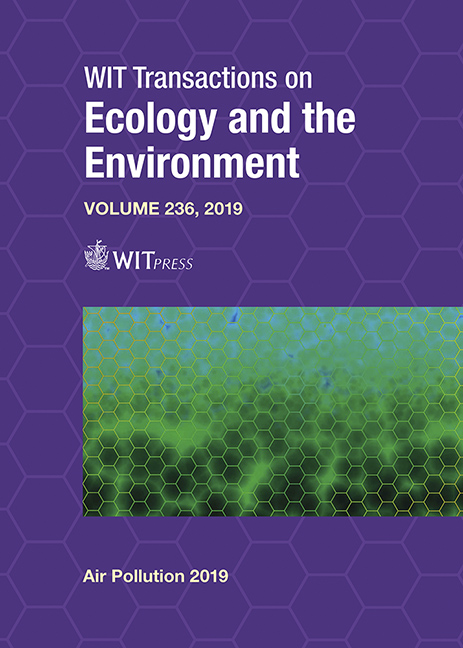COMPARISON OF TWO PM2.5 FORECASTING MODELS IN OSORNO, CHILE
Price
Free (open access)
Transaction
Volume
236
Pages
8
Page Range
111 - 118
Published
2019
Size
603 kb
Paper DOI
10.2495/AIR190111
Copyright
WIT Press
Author(s)
PATRICIO PEREZ, BYRON NUÑEZ
Abstract
According to a recent study of the World Health Organization (WHO), Osorno, a medium sized city in the south of Chile is among the most polluted city in South America. With 150,000 habitants, the city has unfavorable conditions for pollutant dispersion. It is located in a valley between the Andes mountains and a coastal range. Thermal inversions that trap particles emitted mainly by wood combustion used for heating are frequent during fall and winter. Air pollution forecasting models will be useful for authorities to implement a policy of restrictions to emissions when necessary. These models are also useful for the habitants so that they have the possibility to avoid places where air quality is critical, and also so they can choose to restrict physical exercise. The specific meteorological and pollution variables (mostly associated with wood combustion) that can be used as input for statistical PM2.5 forecasting models are identified. Results obtained with two models based on artificial neural network techniques: a multilayer perceptron (MLP) and a radial basis function model (RBF) are presented. Both models show comparable accuracy. With them it is possible to anticipate, 24 h in advance, more than 80% of the high concentration episodes during 2018.
Keywords
air quality forecasting, neural networks, air pollution episodes





